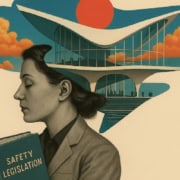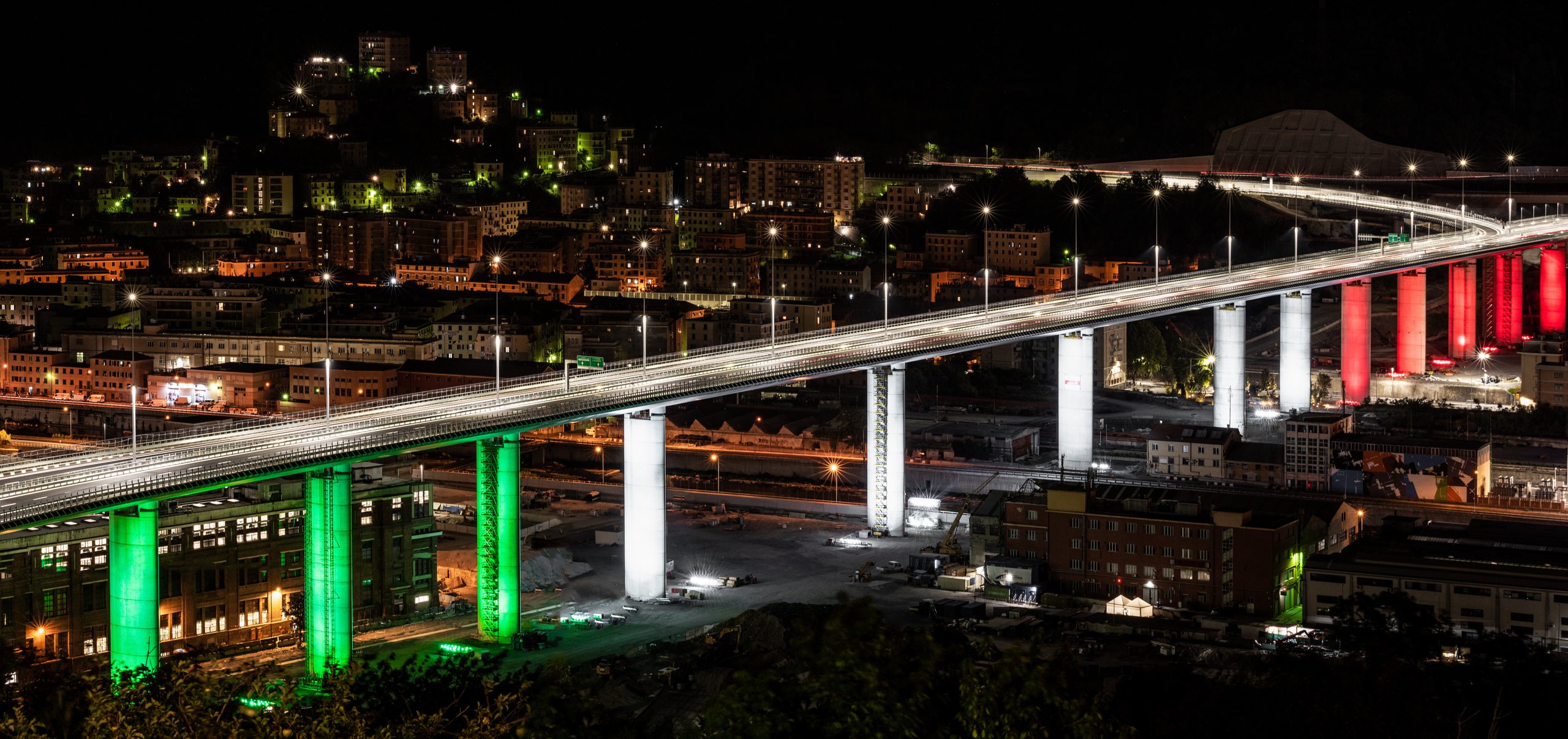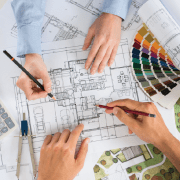Beyond Compliance: Safe Design as a Creative Force
by Rebekah Colman Senior Risk Consultant at Safe Design Australia
In the world of design and construction, safety and compliance with legislation is often framed as a checklist—something to be ticked off to meet regulatory requirements. But what if we flipped the narrative? What if Safe Design wasn’t just about compliance or legislation, but about creativity, foresight, and innovation?
Rethinking the Role of Safe Design
Safe Design is traditionally defined as the integration of hazard identification and risk control early in the design process to eliminate or minimise risks throughout the lifecycle of a structure. If the Model Code of Practice Safe Design of Structures is new to you, you can find it here. But while compliance in Safe Design is essential, it’s only the beginning. When embraced proactively, Safe Design becomes a strategic tool—one that enhances functionality, improves user experience, and drives long-term value.
Safety in Design Standards as a Driver, Not a Constraint
Rather than limiting creativity, Safe Design can unlock it. Here’s how:
-
Early hazard identification sparks better problem-solving
Designers who engage with safety considerations from the outset are forced to think more deeply about form, function, and context. This leads to more thoughtful, integrated solutions.
-
Collaboration breeds innovation
Safe Design requires input from engineers, end-users, contractors, and regulators. This multidisciplinary engagement often leads to unexpected insights and more resilient outcomes.
-
Lifecycle thinking encourages adaptive design
Considering how a structure will be built, maintained, and eventually decommissioned fosters designs that are flexible, sustainable, and future-proof.
Case in Point: Creative Outcomes from Safety-led Thinking
In recent projects, we’ve seen how Safe Design principles have led to:
- Modular construction methods that reduce on-site risks while enabling faster, more efficient builds
- Material choices that are not only safer but also more sustainable and aesthetically compelling
- Spatial layouts that enhance accessibility and wellbeing, improving both safety and user satisfaction
Understanding and applying Safety in Design legislation is the foundation, but going further unlocks real innovation.
From Compliance to Culture..
or designing beyond Safe Design obligations
As Dr. Sidney Dekker 1. puts it
“Safety is not the absence of accidents, but the presence of positive capacities”
When Safe Design becomes embedded in culture—not just policy—it transforms how teams think, collaborate, and innovate. It shifts the focus from safety as reactive compliance with legislation to proactive design excellence.
You know what they say.. the more you know, the more you know: and knowing more about Safety in Design definitely does not have to be boring (and earns you CPD points – also not boring).
Conclusion: Designing for Possibility
Safe Design isn’t a box to tick—it’s a mindset. One that invites us to imagine better ways of building, living, and working. When we move beyond mere compliance with legislation, we don’t just make things safer—we make them smarter, more beautiful, and more enduring.
Looking to embed Safety in Design into your projects?
Contact Safe Design Australia to turn mere compliance with legislation into creativity and innovation.
Check out our free-to-download Safety in Design ebook
References:
1. Dekker, S. (2014). *Safety Differently: Human Factors for a New Era*. CRC Press.

 Safe Design Australia 2025
Safe Design Australia 2025

